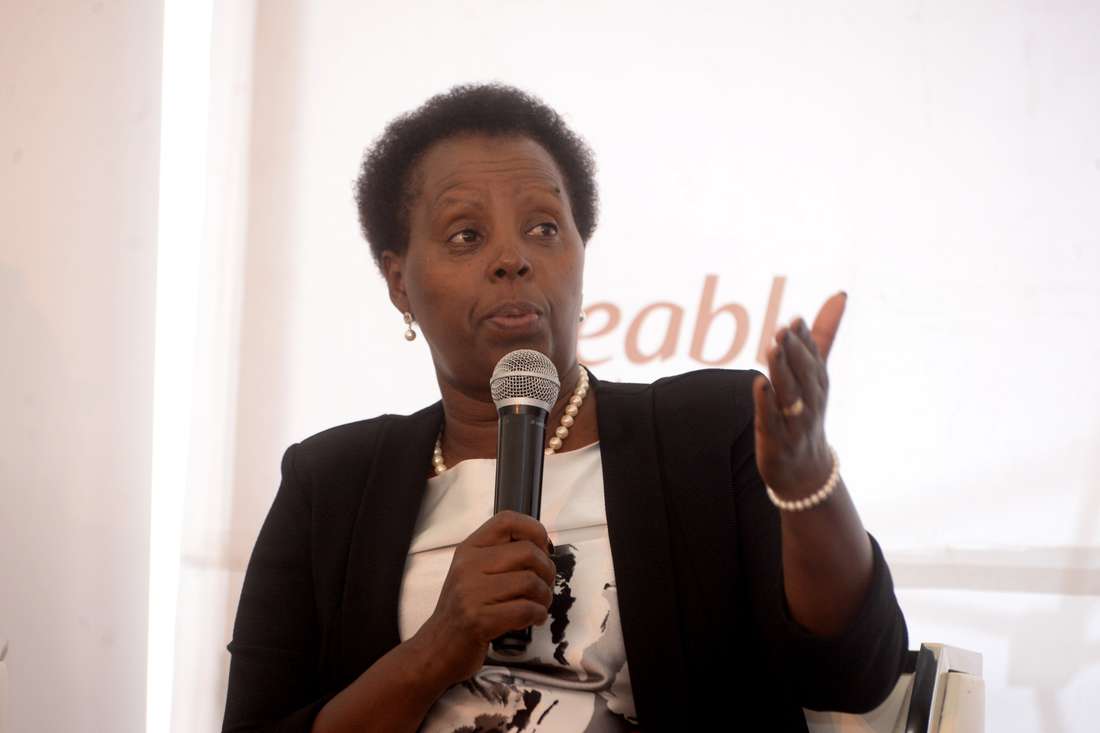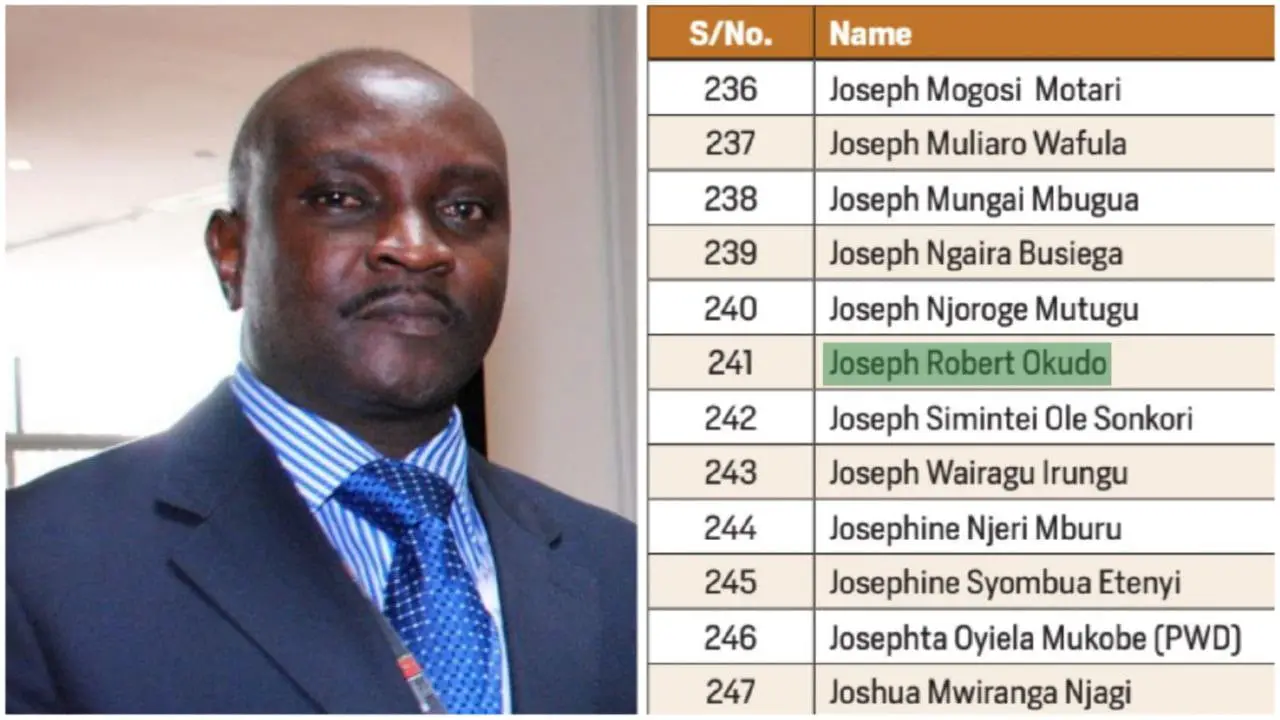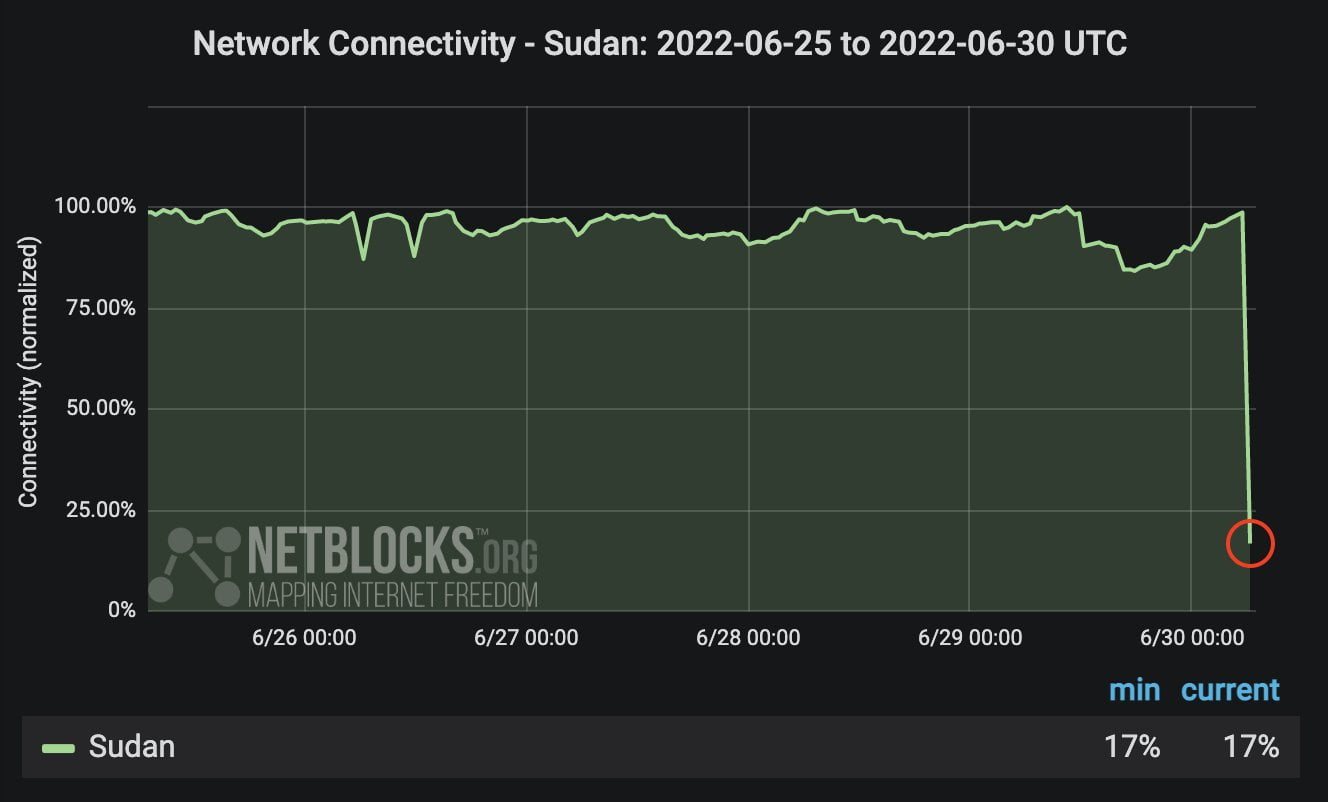[ad_1]
Over the past 10 years, technology has revolutionised our daily interactions, transactions and even how we think. It has progressed in almost every field imaginable, with the creation of amazing tools and resources that put vital information at our fingertips.
“If there is anything that has had an enormous impact on the lives of Kenyans, then it is the smartphone. It has revolutionised everything.
“Education, health, banking, media, agriculture, transport, communication and e-commerce all depend on the ubiquities of the smartphone to impact lives,” says Lilian Wanzare, a computer science lecturer at Maseno University.
In 2010, only a few Kenyans owned an Android-powered smartphone, despite its launch two years earlier, with the majority of the middle-class bragging to own ‘high-end’ 3G mobile phones that ran on the Symbian Operating System.
Most citizens used 2G phones that did not access the Internet and struggled to connect to the 2G telco networks existing those days. But now, all telcos in Kenya are linked to the 4G network.
“Approximately 85 percent of the population is now covered by a 3G or higher signal. Both government and private sector have rolled out fibre backbone networks connecting submarine landing stations, population centres and neighbouring countries,” states the latest World Bank report on Kenya’s digital economy.
“Kenya has grown to own a robust and competitive international connectivity infrastructure.”
The country is now connected to the global internet infrastructure by four submarine cables, with total bandwidth capacity growing nearly 200 percent between 2015 and 2018 alone.
In 2010, mobile cellular subscriptions stood at 22 million, which have grown to more than 46.6 million as of September 2018, according to the Communications Authority of Kenya (CA).
Internet penetration was 9.7 percent with 3.2 million users, which has grown 89.7 percent as 46.8 million Kenyans enjoy the power of the Internet as at June 2019, according to the regulator.
The nation is only second to Madagascar (24.9 Mbps) in terms of Internet speed at 10.1 Mbps, which is higher than Rwanda, Uganda, Ghana and Namibia combined. This has seen new job titles birthed.
“We’ve witnessed so many changes in this decade. The cost of Internet has been coming down each year, and this has inspired the rise of online jobs, helping people cut transport costs to workplaces from their daily budgets,” says Bitange Ndemo, a lecturer at the University of Nairobi’s Business School.
The decade saw the rise of fintech, agritech, e-commerce, transport solutions while a serious disruption rendered most business models irrelevant as technology and innovation became the epicentre of every successful business.
Mobile money has revolutionised payments. In 2011, there were 16 million users of mobile money in Kenya, recording more than two million transactions every day, according to USAID’s Kenya Money Market Assessment report of 2011.
In 2019, mobile money accounts rose to 54.8 million, with the number of transactions rising to 151.8 million, anchored on the rise of agents from to 222,479 in 2019 from 44,500 in 2011 according to the report. The value of mobile money payments per annum grew from billions to trillions.
This has changed how banking of the future will look like, with local lenders activating mobile platforms in partnership with telcos.
“Even without an ATM (automated teller machine) card, you can now withdraw cash from an ATM. Banks have adapted to the disruption. You can send and receive money overseas from your phone. There is more access to bank and mobile loans now than 10 years ago,” says Dr Wanzare.
The mushrooming of mobile loan apps towards the middle of the decade spurred the growth of access to credit to even low-income earners, which have boosted the dynamics of the microeconomy but has left many Kenyans chained by the inability to pay back in an economic slowdown.
In 2013, the e-commerce sector was born and has led to the access of goods from the comfort of people’s homes, cutting off transport costs, boosting trust and saving time for other chores.
“E-commerce has changed the brains of start-up owners. They must now incorporate online payments and goods delivery in their business plans. Most business people now have abandoned paying for stalls. They sell their items on Facebook and use their houses to stock goods,” Dr Wanzare observes.
With the advent of e-commerce that only targets customers in major towns, another mode of an online purchase is penetrating to villages by offering buyers an option to buy goods online and get them delivered to their rural homes.
Copia Kenya chief executive Tim Steel said he felt that e-commerce platforms had neglected many people in remote areas serving Nairobi, Mombasa and Kisumu, so he decided to bridge the gap.
“Because mobile money has well penetrated to Kenya’s rural homes, I found it relevant to give people in those areas an opportunity to benefit from e-commerce in the most affordable means possible,” he says.
The launch of taxi-hailing and carpooling services in Nairobi has transformed the transport sector. These services have now been extended to Mombasa and Kisumu and other major towns, downplaying the idea of owning a car in the future.
Carpooling though dates back decades ago when passengers would stand on the road and flag down vehicles to hitch a ride.
“Social integration enabled by technology, however, assisted to overcome these challenges and the uptake of online carpooling increased. Social evolution has seen people move from flagging vehicles randomly on the road for lifts to posting on their Facebook timelines and WhatsApp groups requesting trips and now carpooling apps have added the technology layer of a market place to organise the request and offers,” says carpooling start-up Twende chief executive Rama Madiba.
The mobile apps have not only improved security but also streamlined payments, adding value to the system.
“Without organised public transportation, online carpooling, which did not exist 10 years ago, is a good bet in offering alternative transport and enhancing social integration and cohesion,” he says, adding that electric cars will soon be the norm on Kenyan roads.
The agricultural sector has also benefited from technology in the decade. Farmers now get access to market online, eliminating brokers who for long had gained from their toiling.
“Online apps such as DigiFarm, m-Farm, i-Cow, Sokopepe and Twiga have given farmers the freedom to choose who to sell to and at what price. This has been a robust solution towards ending food insecurity,” says Dr Ndemo.
Regarding health, mobile apps such as MyDawa, M-Tiba, MeDAFRICA, Sema Doc, Sinway, Baby Centre, Sophiebot, Peek Acuity and IMCI have been developed to offer Medicare solutions to millions of Kenyans who cannot afford doctor consultation fees.
They can access information on diagnosis, treatment and drug prescription for various illnesses.
Technology has also changed how Kenyans consume media content.
“You no longer have to purchase a TV, radio or newspaper. You only need Internet access and read or watch the news from your phone on media sites or social media. For breaking news, online media has been the fastest to inform masses and that is why the field has become a sustainable venture,” says Dr Wanzare.
Social media saw the rise of online bloggers, who now sound more relevant to millennials than TV anchors, radio newscaster and newspaper writers. Through new media platforms such as Facebook and YouTube, media vloggers stream live content, which when monetised rakes in good money.
According to the CA, more than 1.3 million Kenyan households remained in television blackout after June 17, 2015, as the global analogue switch-off deadline passed at midnight. This saw the upsurge of free-to-air TV channels that compete with mainstream media.
In the decade, a rise in the number of women contributing to the growth and adoption of emerging technologies has boosted inclusion.
“In 2010, my computer science class had only three ladies but now this number has grown by 30 percent. They are still fewer, but it is a great improvement as we keep pushing them to be front end developers,” says Dr Wanzare.
The growth of technology hubs, parks and accelerators in the past decade cannot be underestimated, as they contribute to the expansion of the digital economy.
The motivating growth factors for tech hubs are high-speed Internet and automation.
“Start-ups have capitalised on this reality because you no longer need to have a big space to do an efficient job. Instead of renting a big office to do marketing, sales and finance, companies opt to go the tech hub way where they can pay less and get all the resources they might need under the same roof,” says Savio Wambugu, founder of Mount Kenya Hub.
“Many youths have resorted to offering goods and services through the Internet, especially online writing. The tech hubs enable these young people to thrive by not only using the resources in the hubs but also as their physical address for their freelancing businesses.”
According to the World Bank, there were more than 35 tech hubs and accelerators across the country as of 2019.
Computer programming languages have also evolved. From the widespread use of C++ in 2010 to the popularity of modern languages such as Python, developing a decent website is now easier.
It is during this decade that the country began to transform from the Third Industrial Revolution to Industry 4.0, where emerging technologies such as blockchain, data science, artificial intelligence (AI), cloud computing and Internet of things (IoT) started to attract adoption.
“The Fourth Industrial Revolution is already being felt in Kenya. For instance, Twiga Foods in partnership with IBM is using blockchain and AI to improve agriculture produce. Last month, the Meteorological Department used AI and predictive analytics to tell the country to prepare for heavy rains. And it happened,” says Dr Ndemo.
He adds that government services have been more accessible.
“Through e-Citizen, Kenyans can apply for passports in a quick, seamless platform that allows secure payment and even tracks progress till issuance.”
The government has implemented digital platforms such as Integrated Financial Management Information System to ease service delivery on e-procurement, and controversial digital identity project Huduma Namba, which is the right path forward in elimination of Know Your Customer (KYC) snags, especially if it runs on a public blockchain network.
The country is still at the awareness stage of emerging technologies, which landed in 2016, so few players exist in these fields.
“Regarding Big Data, we are at the descriptive and visualisation stage. We are very far from digital transformation and reinvention. However, the training going on is changing mindsets on how data will be a key economic driver in the next decade,” says Mr Timothy Oriedo, founder of data science training firm, Predictive Analytics Lab.
The field has only reached the diagnostics phase where local banks are using data analytics to determine the creditworthiness of borrowers. “We are yet to reach predictive and prescriptive phases”.
But Kenya now has a data law that came to force in November 2019, which gives hope that data sovereignty frameworks will be implemented and corporates treating data privacy with respect.
While the government received a report from the Distributed Ledger Technologies and Artificial Intelligence task force recommending the use of blockchain and AI to deliver solutions for the digital economy in July 2019, implementation can only occur in the next decade.
However, the journey has not been without hurdles. Illegal data mining, expensive cloud storage, cryptocurrency fraud, cyber insecurity and bullying weigh down Kenya’s digital economic progress.
For instance, in 2017, Kenya’s digital economy lost Sh21.1 billion to cybercrime, which increased by 39.8 percent in 2018 to Sh29.5 billion, according to pan-African based cybersecurity and business consultancy, Serianu. Government websites have also been hacked.
“Companies and government agencies need to adopt real-time cybersecurity intelligence to stay a step ahead of cyber attackers by scouting for malicious leads and analysing them to better secure data and thwart attacks before they happen,” says Mr Niall MacLeod, director of solutions architecture in Europe, Middle East and Africa at global threat intelligence leader Anomali.
[ad_2]















































